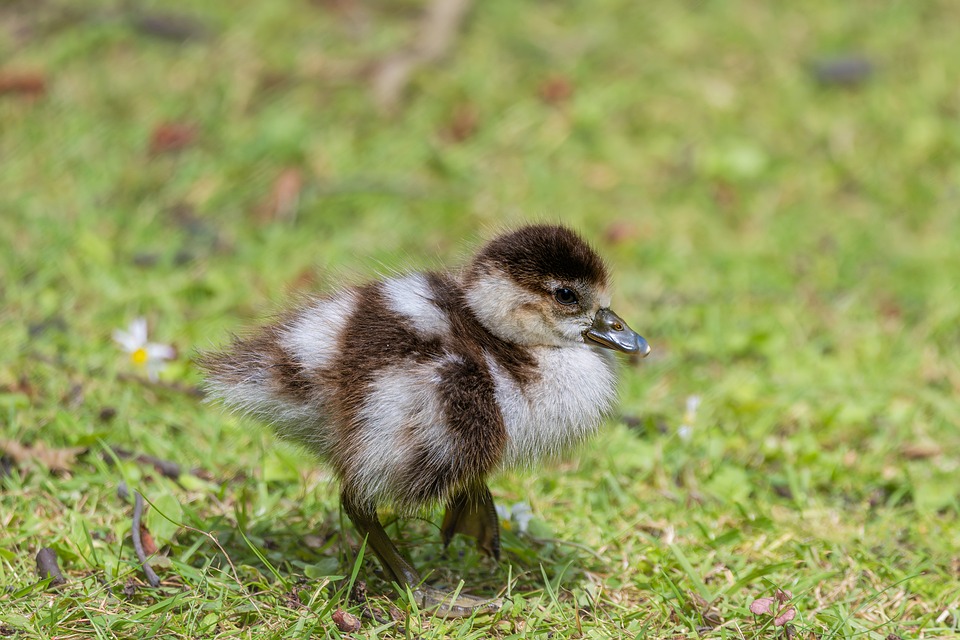The Feathered Family Tree: New Study Reveals How Dinosaurs Evolved from Feathered Ancestors
In a groundbreaking discovery, scientists have unveiled the most comprehensive family tree of dinosaurs yet, shedding light on the evolutionary path that led from feathered ancestors to the mighty beasts that roamed the Earth during the Mesozoic Era. The study, published in the journal Nature, provides a stunning new perspective on the history of life on our planet.
The research team, led by Dr. Julia Clarke of the University of Texas at Austin, analyzed a vast array of fossil evidence, including 450 dinosaur species and their relatives, to reconstruct the evolutionary relationships between them. The resulting family tree reveals a complex web of connections between feathered dinosaurs, birds, and reptiles, painting a vivid picture of the transition from primitive to advanced dinosaurs.
Feathered Ancestors
The study confirms that dinosaurs evolved from feathered ancestors, which date back to the Middle Jurassic Period, around 160 million years ago. These early feathered dinosaurs, such as Sinosauropteryx and Microraptor, were small, carnivorous creatures with long tails and claws. They were likely covered in a covering of primitive feathers, which may have served multiple purposes, including insulation, display, and flight.
The Emergence of Advanced Dinosaurs
As the Jurassic Period progressed, these early dinosaurs gave rise to more advanced species, such as the theropods and sauropods. The theropods, like Tyrannosaurus rex and Velociraptor, were characterized by their sharp teeth, powerful legs, and feathers. Sauropods, like Diplodocus and Apatosaurus, were long-necked, long-tailed herbivores that dominated the landscapes.
Birds and the Evolution of Flight
The study also provides new insights into the evolution of flight in birds. The researchers found that birds evolved from a group of theropod dinosaurs called maniraptorans, which includes the well-known Velociraptor and Oviraptor. The earliest known bird, Archaeopteryx, emerged around 150 million years ago and possessed a combination of reptilian and avian characteristics.
What the Study Reveals
The comprehensive family tree reconstructed by the researchers provides a wealth of information about the evolutionary history of dinosaurs. Some key findings include:
- The earliest known dinosaur, Eoraptor, was a small, meat-eating creature that lived around 230 million years ago.
- The evolution of feathers occurred independently in different dinosaur groups, with some species developing quill knobs, the bumps on bird skeletons where feathers attach.
- Many dinosaurs, including the giant Sauroposeidon, had hollow bones, a characteristic shared with modern birds.
Image:
[Image: A reconstructed family tree of dinosaurs, showing the relationships between feathered ancestors, early dinosaurs, and advanced species, including birds. (Credit: Dr. Julia Clarke and the University of Texas at Austin)]
FAQs:
Q: What was the most surprising discovery in the study?
A: The researchers were surprised to find that the evolution of feathers occurred independently in different dinosaur groups, rather than being a single, uniform trait.
Q: How did the researchers reconstruct the family tree?
A: The team analyzed a vast array of fossil evidence, including 450 dinosaur species and their relatives, using a combination of morphological, molecular, and biomechanical data.
Q: What does the study reveal about the origins of birds?
A: The study confirms that birds evolved from a group of theropod dinosaurs called maniraptorans, and provides new insights into the evolution of flight in birds.
Q: How does this study change our understanding of dinosaurs?
A: The study provides a comprehensive family tree of dinosaurs, shedding light on the evolutionary relationships between feathered ancestors, early dinosaurs, and advanced species, including birds. It also highlights the complex and dynamic nature of dinosaur evolution.



